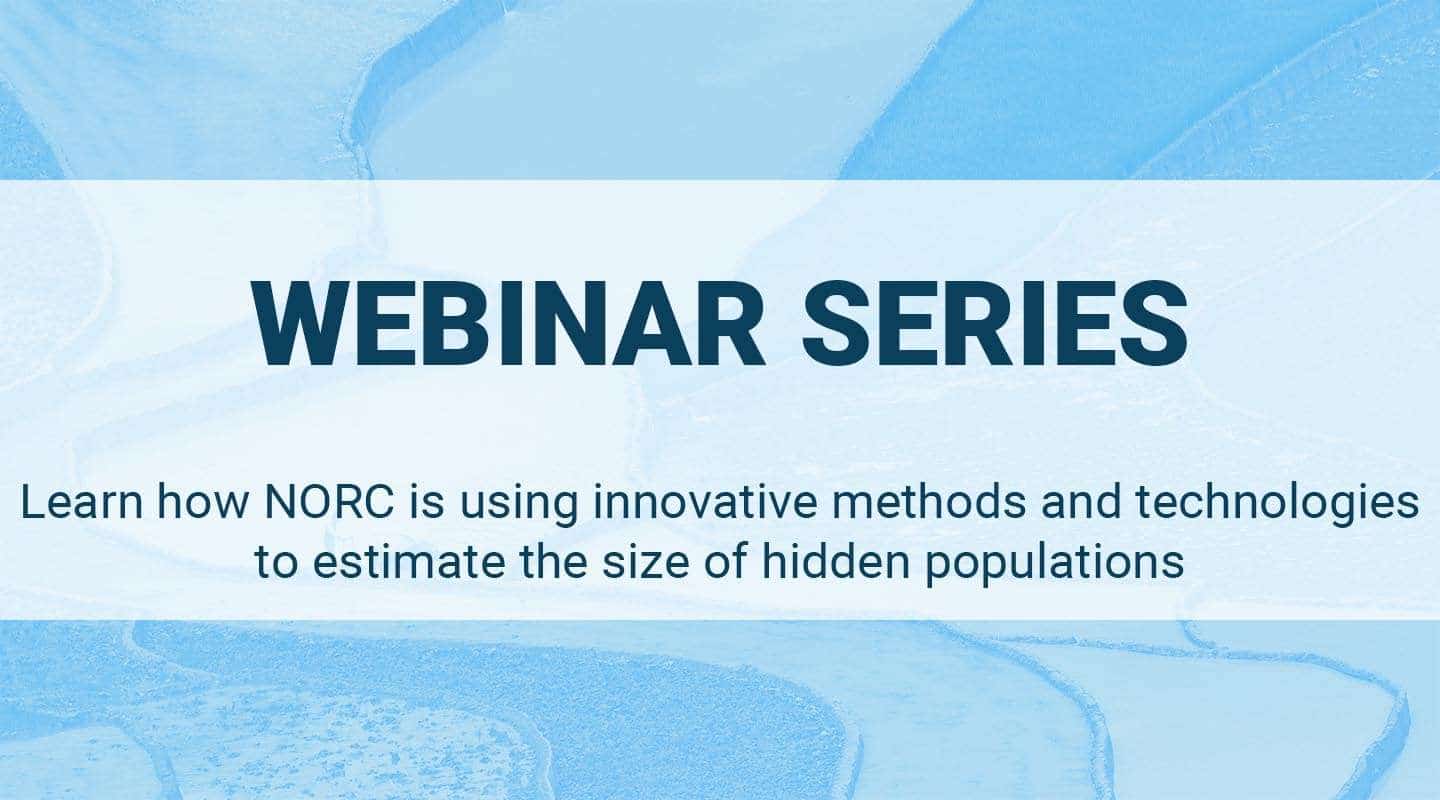Sample design is a foundational step in survey research, but when sampling frames are unavailable, sampling strategies must become more strategic. This is a classic research challenge when it comes to studying hidden or hard-to-reach populations and illicit behaviors. Researchers at NORC at the University of Chicago decided to employ respondent-driven sampling (RDS), a variation of snowball sampling which uses mathematical modeling to adjust for the typical biases associated with referral-based sampling approaches.
In this webinar, the NORC team shares details and important insights from this work. Their project, which uses RDS to measure commercial sexual exploitation in Kenya, is featured in this SurveyCTO case study.
Some of the topics we cover in the webinar include:
- NORC’s study of Commercial Sexual Exploitation of Children (CSEC) in coastal Kenya
- An introduction to RDS, mark-recapture, and link-tracing methods and sampling strategies, and why these methods were selected for this study
- QR code and coupon generation
- How SurveyCTO server dataset technology was used to track, validate, and monitor coupons in real-time
- Challenges and lessons learned
Resources related to this webinar:
- Webinar presentation deck
- NORC’s research in Kenya with respondent-driven sampling
- Resources on respondent-driven sampling
- Generating coupons with MS Word’s Mail Merge
- SurveyCTO support article on using data from another form
- Scanning barcodes in SurveyCTO Collect
If you need help now, our support team is available 24×7. Go to the Support Center and click on the link to “Submit a support request.” No question is too small.
New to SurveyCTO? Sign up for a free trial today to explore the platform. During the 15-day trial, you’ll have access to the entire platform.




